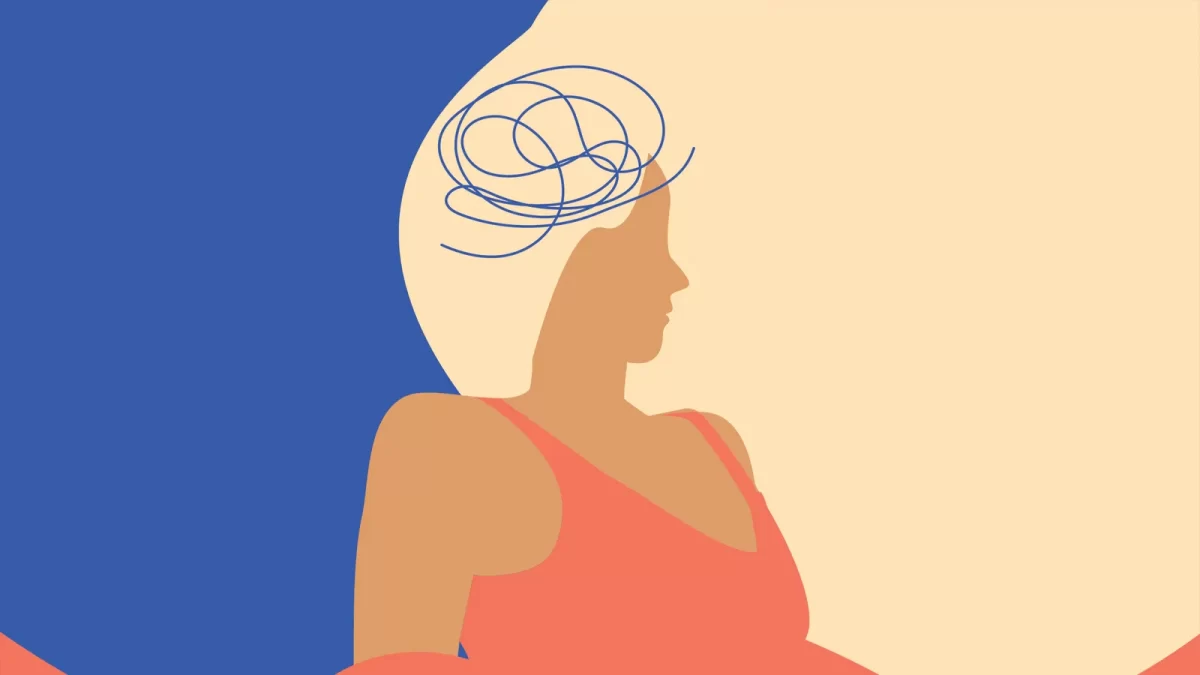By Maggie Baring
I find myself, once again, unable to write about anything other than Noah Kahan. Hot off the heels of a Grammy nomination this February and a final re-release of his Stick Season album — complete with a new song, ‘Forever’, and eight other songs featuring special guests such as Hozier and Sam Fender — Noah Kahan played two sold out shows at Wembley Arena this week. I had the utter privilege of witnessing night two. The tickets were bought months ago, before Noah Kahan was huge, before Grammy nominations and number ones, so they were highly anticipated.
Even so, the cheapest seats I could find saw us sitting at, laughably, the furthest point from the stage. You could not have picked a worse seat. The electricity of the entire evening nevertheless assured that not a single person in the arena left without being moved in some way. Kahan himself, in one of his many quippy comments between songs, outlined his aim for the evening: that if anybody left the concert with a smile on their face, he had not done his job properly. This was undoubtedly met with laughter, and as I looked around me it was definitely difficult to find a frowning one. In fact, Noah Kahan fans, of which I proudly call myself an avid one, are very lovely people. The atmosphere of love, empathy and charged emotion shared between ten thousand people, gently swaying to the slower more gut-wrenching songs, or dancing manically — arms around one another or holding hands — to the faster-paced songs, can be attributed to the kind of people who listen to Noah Kahan’s music. I have been to my fair share of concerts where the fans have felt on-par with rowdy football fans, and so I understand first-hand how an atmosphere in a venue as well as the attitude of the audience can affect the impression of the music. Kahan has spoken frequently about his gratitude to his parents for encouraging him from a very early age to be open about his emotions, and teaching him how to convey them through talking and later singing. The fans that flock to listen to his songs are similarly emotionally intelligent. There was a deep sense of camaraderie and support, and my friend and I spoke to surrounding fans at our seats in the very back with a friendliness that one rarely finds among strangers. A shared love of music, and an understanding of the deep feelings that underlie each song, is truly a powerfully bonding force.
Now onto the concert itself. After a rather drawn out start to the concert, with an opening from up-and-coming Wild Rivers at 7.30pm, a set that only lasted 45 minutes followed by an hours wait, Kahan emerged onto a golden-lit stage complete with drummer, bassist and electric guitarist. He himself switched from mandolin, electric and acoustic guitars regularly. A banjo was even thrown in occasionally. I was struck in equal measure by Kahan’s vocal control and musicianship, from both him and his band members. Being able to remain in-tune when the cheers and voices of ten thousand are drowning out almost all other sounds (his in-ear monitors would help with this, no doubt), is a feat that is often taken for granted by audiences in large venues. Vocal deviations from the recorded versions of songs — added vocal riffs or ‘oohs’, for example — make audiences feel special, like they are witnessing something fresh and new. Many of Kahan’s songs have instrumental breaks that offer space for guitar solos, complete with knee slides and complex drum fills that prompted raucous screams from the crowds. The image of Kahan himself, labelled as ‘Hairy Styles’ or ‘Jewish Capaldi’ acting out energetic rock guitar moves, whilst singing incredibly sad songs about mental health or the death of his dog, was rather bizarre and created some funny moments. But his self-depreciating attitude (beginning the set calling himself ‘your favourite non-Grammy winner’) means that we are always laughing with him, never at him.
Much to our delight, Kahan brought out James Bay (who had brought Kahan on tour when he was nineteen, launching his career) and Ben Howard to sing harmonies and verses on songs. James Bay was more impressive, singing the second verse on ‘Growing Sideways’ with his classic low and vibrato’d grain, whilst Ben Howard could hardly be heard in his harmonies in ‘Orange Juice’. The guests rushed on and off the stage in quick succession however, retaining full attention on Kahan himself.
The energy ebbed and flowed throughout the set, beginning with some powerful rock numbers including ‘Northern Attitude’ and ‘New Perspective’. Kahan was then left on his own on the stage, armed only with an acoustic guitar, captivating the audience in near silence as he sang his sadder, slower acoustic songs. He even graced us with a new song, and two songs from his oldest album, which delighted my friend who had been listening to Kahan since she was fifteen when the album, ‘Busyhead’ came out. Kahan left his most famous song, ‘Stick Season’ until the very end, and taunted the audience by leaving the stage before he played it, claiming it to be the end of the set. The cheers and screams during this tense few minutes raised the electricity to new heights and by the time he reemerged to reveal he was going to play three more songs, almost everybody was screaming. Although not my favourite Kahan song, one cannot deny that the single that sent Kahan to stratospheric fame deserves every credit it receives. There is something completely revolutionary about hearing it live. The song is incredibly lyrically complex, and yet every single word of the song was sung clearly by the audience, drowning out Kahan’s own voice. It is clear from watching his face as he sings this song that he is still not used to how it changed his life, and how it resonates with his audiences.
Noah Kahan now leaves England to continue his tour in France, then Germany and other European countries. He will return to England in August. Get your tickets if it’s the last thing you do.





